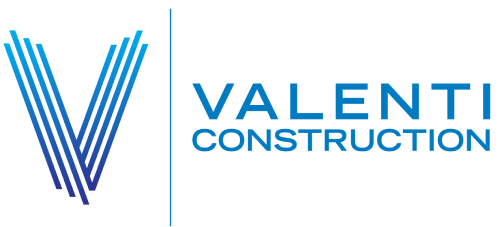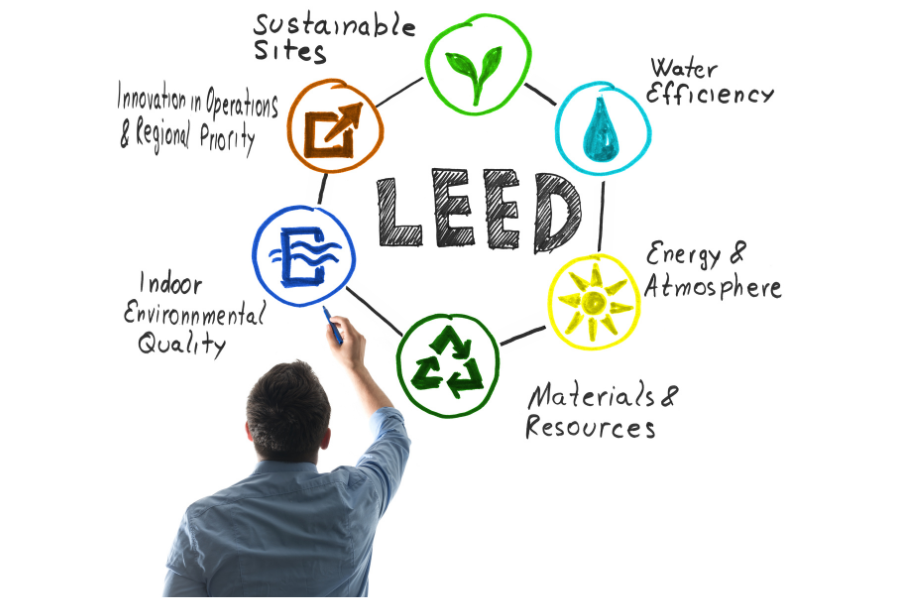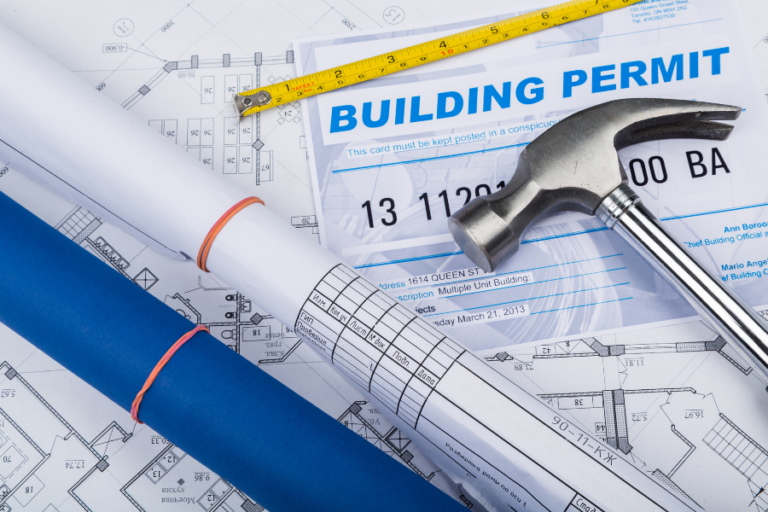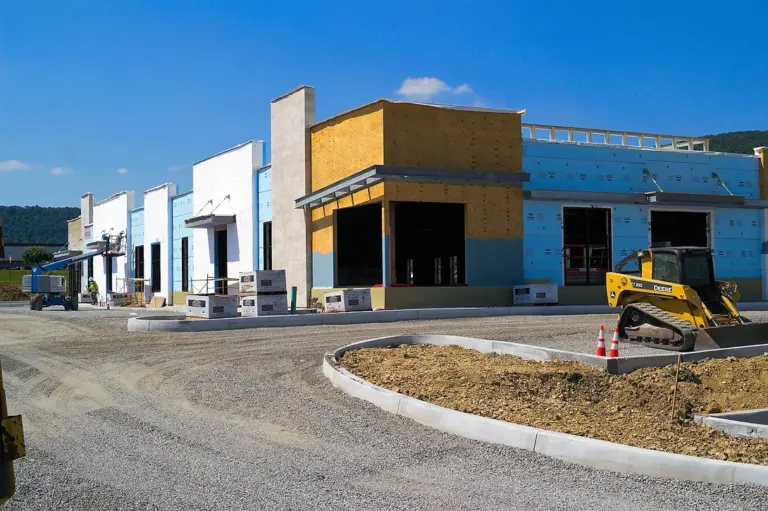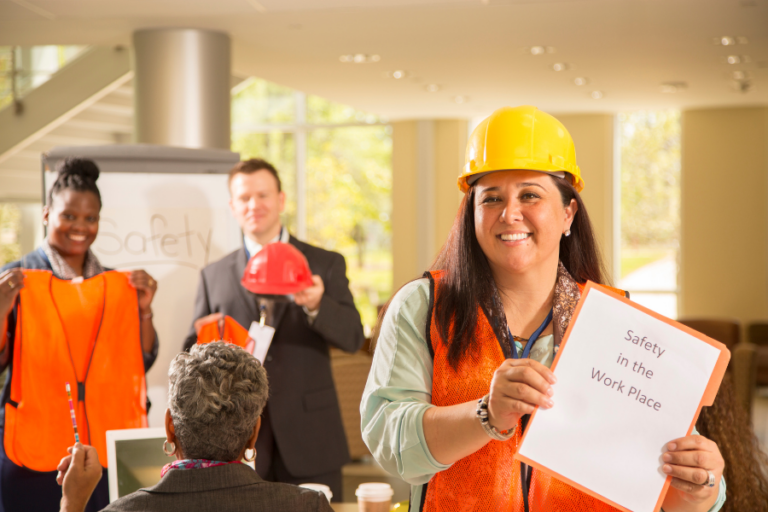What Is A LEED Certification
Ever scratched your head, wondering what it takes to make a building truly green? It isn’t as simple as sticking some solar panels on top and calling it quits. It’s about holistic design, efficient use of resources, and creating spaces that are not only comfortable but easy on Mother Earth.
What Is A LEED Certification: Guide and Process | Green Buildings
That’s where LEED—short for Leadership in Energy and Environmental Design—steps into the spotlight. Used in commercial construction in Birmingham and beyond, it’s quickly become the MVP of green building on a global scale. Let’s dig in and get the lowdown on this game-changing certification.
What Is LEED Certification?
The U.S. Green Building Council (USGBC) established LEED in 1998 to promote sustainable building techniques. The goal was simple but far-reaching: build a healthier, greener world one building at a time.
It was a call to action for builders and designers to break out of the traditional construction box and think about the long-term impact of their work and the footprints their projects leave behind. LEED Certification is like the Oscar of green building—a universally respected symbol of top-tier sustainability success and leadership.
It offers up a blueprint for crafting buildings that are not just green but also efficient, cost-savvy, and healthy to boot. This blueprint has different levels of certification depending on how many points you rack up.
The LEED Certification Process
The LEED certification process evaluates various aspects of a building’s design, construction, and operations, including energy efficiency, water conservation, indoor environmental quality, sustainable materials, and site selection. By adhering to LEED standards, buildings aim to minimize their environmental impact, reduce energy consumption, and create healthier and more productive indoor spaces. Here are the steps:
Initial Assessment
At the get-go, during the initial assessment stage, the project team evaluates the potential for achieving LEED Certification. They size up things like budget, where the project’s at, how big it is, and what kind of sustainability dreams it’s chasing.
The design crew, a motley mix of architects, engineers, and sustainability specialists, puts their heads together to map out feasible strategies to rack up those LEED credits. It’s a real team effort, and this collaborative process lays down a solid foundation for a successful LEED project.
It’s like preparing the soil before you plant the seeds for your green building project. It’s like the blueprint for your green building project, carefully laying out the path ahead.
Registration
After setting sustainability goals, the project is officially registered with the USGBC. Think of this step as making your green building intentions official. The registration fee varies based on the project size and the membership status of the project team. At this stage, you’re essentially telling the world, “Hey, we’re committed to building sustainably, and we’re ready to prove it!”
Documentation and Application
With the project officially registered, the real work begins. The team starts to design and implement sustainable strategies for everything from water efficiency to indoor environmental quality. As the strategies are implemented, they must be thoroughly documented. This includes providing drawings, calculations, and other evidence to show compliance with the LEED requirements. It’s a bit like doing homework; you’ve got to show your work to get the credit! Once all the documentation is prepared, it’s time to submit the certification application. The application includes all the compiled documents, which the USGBC will review to ensure compliance with the LEED standards.
Review and Certification
After the application submission, the USGBC reviews the documents to verify that the project meets LEED requirements. The review process can take several weeks to several months, depending on the project’s complexity. Once the review is completed, the project is awarded a LEED Certification level: Certified, Silver, Gold, or Platinum. The level awarded reflects the total points earned across various sustainability categories. It’s the crowning glory of the project—the moment everyone’s been waiting for! So there you have it—the LEED Certification process in a nutshell. From the initial assessment to receiving the certification, each step brings us closer to our goal: a more sustainable and eco-friendly built environment.
LEED Certification Levels
Certified
Earning 40–49 points will land a building at the ‘Certified’ level of LEED. This means it meets the basic criteria for sustainability and has implemented green design strategies.
Silver
Climbing the ranks with a solid 50–59 points, we’ve made it to Silver’ status. These buildings are on another level! They’ve got some amazing energy-saving designs and efficiency measures built in.
Gold
If you’re aiming for the ‘Gold’ level, you’ve got to score 60–79 points and show that you’re totally committed to sustainability and energy efficiency.
Platinum
At the top, with 80+ points, we got ‘Platinum’. This level is off the chain when it comes to sustainability, energy efficiency, and keeping the indoor environment fresh.
Frequently Asked Questions (FAQs)
What are the benefits of LEED Certification?
Getting LEED certified is great and comes with a ton of benefits. First and foremost, it helps cut down on your energy and water usage by promoting slick designs and systems that are hella efficient. This, like, brings down the operating costs in the long run. Plus, it boosts indoor environmental quality, leading to better health, productivity, and comfort for the occupants.
Also, having a LEED Certification can totally up the game of a building’s marketability, as it shows a dedication to being eco-friendly and keeping it sustainable. Lastly, it can totally boost the morale of the people working on the project because they’re making moves towards a more eco-friendly future.
How long does it take to get LEED Certified?
How long does snagging a LEED Certification take? It can change a lot depending on the size and complexity of the project. Little projects that aren’t too complex can whip through the process in a few months.
But the big boys, especially those gunning for top-tier certification, might be in it for the long haul, taking a couple of years from kickoff to finish. Remember, getting LEED Certification isn’t a sprint; it’s more like a marathon. There’s a heap of planning, doing, and documenting to get through, and all that takes a chunk of time.
How much does LEED Certification cost?
The price tag for LEED Certification isn’t a one-size-fits-all deal and can swing from a few grand to tens of thousands. It’s a mix-and-match of costs, including registration fees, certification fees, and the dough you shell out for getting those sustainable practices in place and documenting them. Size matters, too, with more complex projects cranking up the cost.
But don’t sweat the upfront costs too much. The money you’ll save from cutting back on energy and water use and the potential uptick in property value can help balance the books on those initial investments.
Can existing buildings achieve LEED Certification?
Sure thing! Old buildings can get their green groove on too, snagging a LEED Certification through the LEED for Existing Buildings: Operations and Maintenance rating system. This system gives building owners and operators the tools they need to gauge their operations, improvements, and maintenance, all with an eye toward ramping up efficiency and dialing down environmental impact. It’s all about maximizing operational efficiency while leaving the least footprint, you see.
Commitment To Sustainability
LEED Certification isn’t just a shiny badge for show. It’s a beacon of commitment to sustainability and the earth. From commercial construction in Birmingham to towering skyscrapers in New York, it’s a shining path toward a more sustainable and resilient future. Here’s to seeing more green certifications sprout up everywhere in the years ahead!
